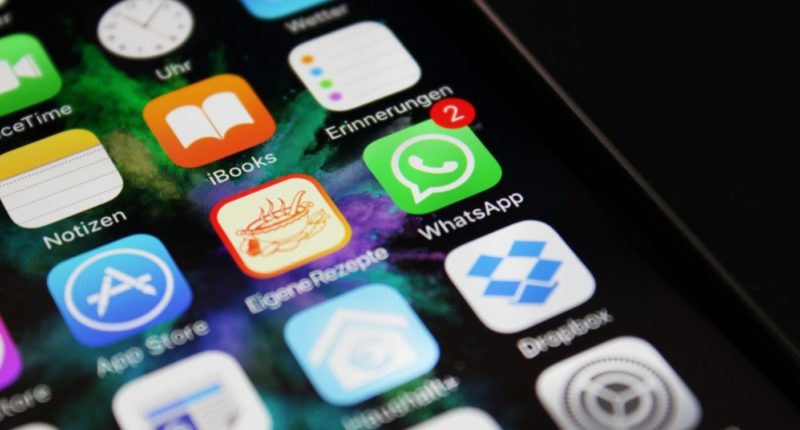WhatsApp’s payments service continues to fall behind the leading names in digital payments in India such as PhonePe, Google Pay, and Paytm. However, that has not stopped the Meta-owned service, which has continued to further its push into the Indian digital payments scene. Now, WhatsApp is introducing a new incentive for people to use its payments service – offering cashback.
Once WhatsApp rolls out the cashback award program, selected WhatsApp users will be rewarded cashback if they avail WhatsApp’s payment service. There is no minimum limit on how much money you will need to send to get the cashback. You can send any amount – even as low as Re. 1 – and get cashback up to ₹33 in total. However, WhatsApp noted that there are some kinds of transactions that are not eligible for cashback.
If you want to receive cashback on WhatsApp, check whether you have been using the app for at least 30 days and have registered for payments by adding your bank account details. Then, send money to a WhatsApp contact who has similarly registered for payments on WhatsApp in India.
If the contact in question is eligible to receive money (aka, registered), then you will see a gift icon beside their name. Then, type the amount you wish to send, tap Next and then Send Payment, and enter your UPI PIN. Send them any amount to receive a cashback of ₹11.
They are QR code payments, payments made on collect requests or by entering the UPI ID of recipients, or payments on third-party online apps using WhatsApp or sent when you no longer see the promotion banner or gift icon in the app.
If the contacts are unregistered, then you can invite them to register for payments on WhatsApp. This will add to WhatsApp’s user base for payments, something it desperately needs to provide stiff competition to the established players out there.
Not that things have been easy for the Meta-owned service in its largest market in terms of users. It is one of the most popular platforms in India – over 487 million as of February – and yet, it has failed to reach the top when it comes to digital payments in India, even though it has been two years ever since it rolled out in the country.
Part of the reason is that it was restricted by the National Payment Corporation of India (NPCI) to not extend its payments service beyond 20 million users. This amount was later doubled to 40 million last November, and recently, it increased the cap by an additional 60 million.
The Tech Portal is published by Blue Box Media Private Limited. Our investors have no influence over our reporting. Read our full Ownership and Funding Disclosure →






